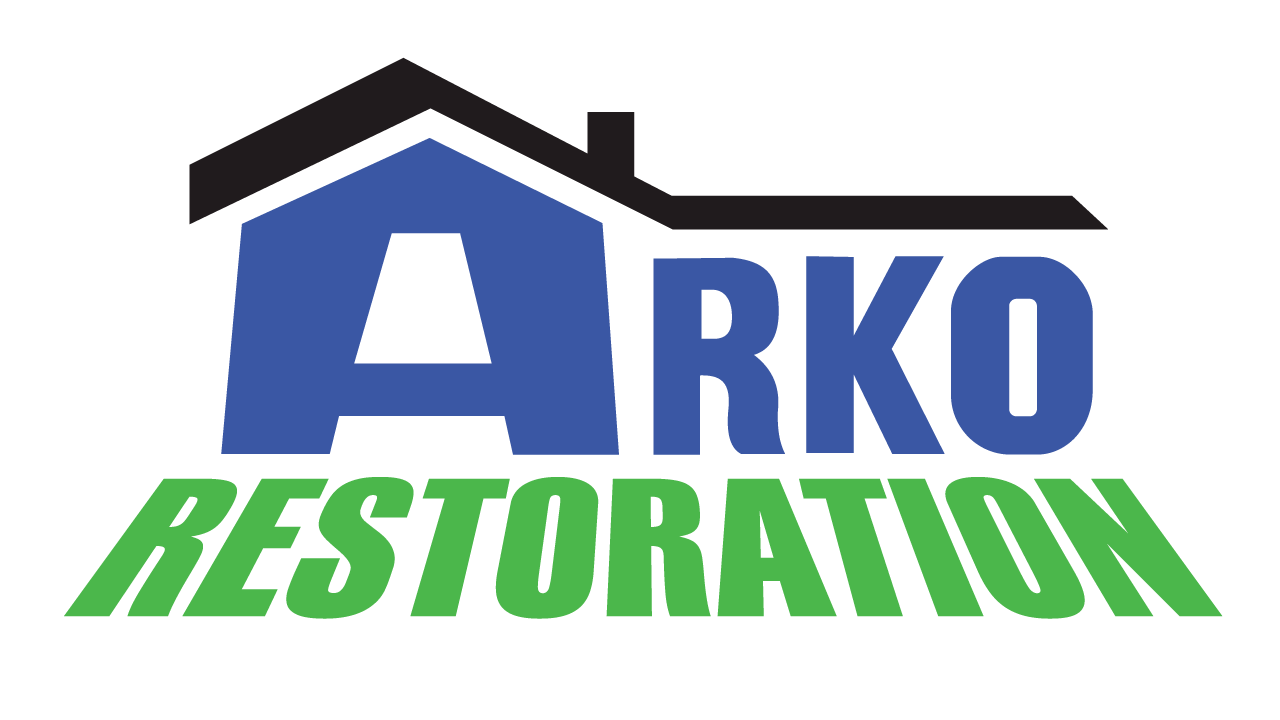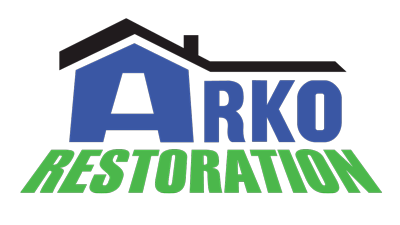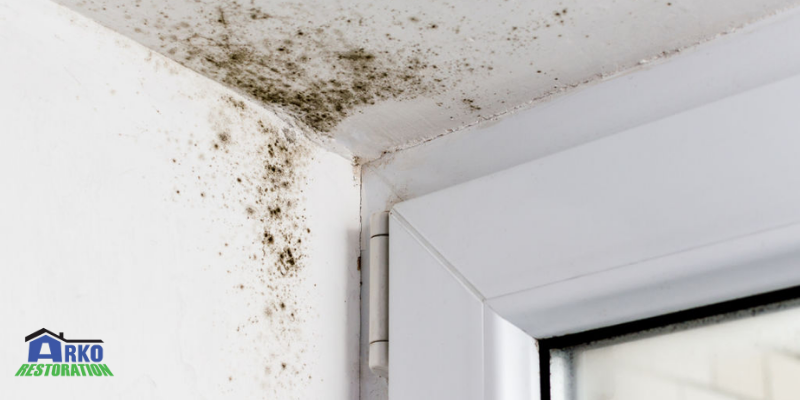Water, no matter the amount, can cause mold in your house if left unattended. Mold can cause various health-related issues like lung irritation, asthma and allergies. Once the water begins to evaporate into the air, mold can spread, especially in rainy or humid conditions. For this reason, areas damaged by a flood must be immediately cleaned.
How To Stop Mold Growth After A Flood
Some disasters happen unannounced, while some show signs. Flooding can happen either way. Regardless, work must be immediately done to mitigate the damage and stop the growth of mold.
Below are some tips to help stop mold growth
1. Dry area thoroughly
Mold consists of fungal spores. These spores germinate and grow in dark, wet environments. In many cases, a home that has experienced flooding provides lots of hidden spots where mold can occur. To prevent the growth of mold in any case, it is important to thoroughly dry all areas.
There may be a need to use a sump pump to get rid of standing water. Industrial fans can also be used to get rid of lingering moisture. To ensure that all vulnerable spots are safe, check appliances and equipment for missed wetness. It is also helpful to dry the insides of cupboards.
2. Remove affected flooring
Mold thrives in conditions such as wet carpets. A flooring pad, once wet as a result of flooding, cannot be reused. Remove and replace wet pads and carpeting– do this once the foundation of your home’s flooring is completely dry.
3. Ventilate affected wall materials
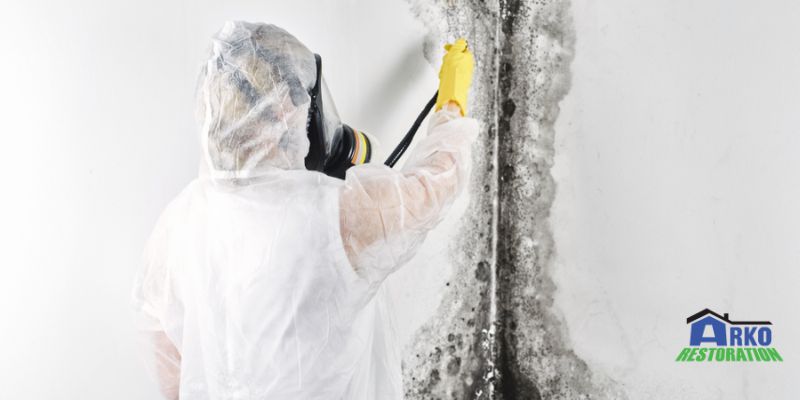
In most cases, there is no need to remove the whole piece of your wall to prevent the growth of mold. However, you must ensure that there are no spots on it that could encourage mold growth. To achieve this, ventilate affected wall materials. Begin by cutting out all saturated wall materials. Dispose of and replace all wet insulation. To allow moisture to escape, put slits in drywall. Also, get rid of any wet baseboards.
4. Isolate moldy objects
You may not be aware of the extent of damage incurred if you were not home when the flood happened. It becomes obvious after the mold has had time to grow. As a result, ensure that you keep an eye out for symptoms of mold after a flood.
You will need the services of a mold remediation professional if you see mold on non-porous materials like metal or plastic. The professional can help remove the mold and clean the materials. However, you may need to dispose of materials when mold happens on porous objects. This is to prevent contamination.
Furthermore, ensure that you seal all moldy materials in a trash bag. If you need to salvage any object, freeze or dry it right away.
5. Sanitize everything
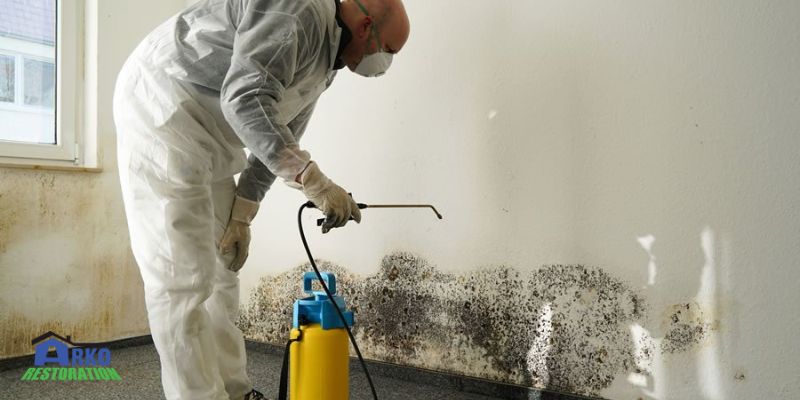
All water-damaged furniture, areas and materials should be completely disinfected after cleaning.
- Use a wet/dry vacuum cleaner or steam cleaner for your beds, sofa and other furniture.
- Use soap and water with a chlorine bleach solution to disinfect and clean surfaces like walls and floors.
This is to ensure that these surfaces are less hospitable to mold.
Furthermore, a normal sanitizing cleaner is good for non-porous surfaces. For saturated and porous surfaces, mold prevention solutions can be applied.
To ensure that all necessary steps are taken for the protection of your home, it is recommended that you work with a water removal and restoration specialist.
Tips For Safe Mold Removal
You shouldn’t deal with mold if you have respiratory issues. Chemicals and prolonged exposure to bleach can affect certain health conditions.
Generally, it is safe to put some measures in place to ensure that the growth of mold has stopped in your home.
It is recommended that you wear the right gear if you are attempting to do the cleanup by yourself. You must ensure that the gear covers your hands, nose and eyes when attempting mold remediation.
Here is some safety equipment to have on when dealing with mold…
- Wear a respirator: A handkerchief or dust mask cannot protect you against mold because mold can pass through their pores.
As a result, use a respirator. A respirator will ensure that you are safe in the process of mold remediation. Ensure that the respirator fits well. This will help prevent mold spores from passing through. - Wear goggles: It is also important that you protect your eyes when trying to stop the growth of mold in your home. Wearing goggles will help prevent mold spores or mold from getting into your eyes. The goggles you put on should not have ventilation holes in order to be effective.
- Wear gloves: Do not touch moldy items or mold with your bare hands. It is recommended that you have a long glove when dealing with mold– gloves should be long enough to reach the middle of your forearm. Ordinary rubber gloves may be used if you are working with just mild detergent and water. Select specially made gloves when using disinfectants like a strong cleaning solution or chlorine bleach.
Conclusion
Remember, flooding is not only the cause of mold growth. With time, wet conditions can encourage the growth of mold. Due to this, address water damage immediately. As you try to stop the growth of mold and restore your home, follow appropriate steps to protect your family against health hazards that mold can cause. In Minnesota, call Arko Restoration of Blaine, MN, at 763-434-2756, when you need professional mold remediation services.
